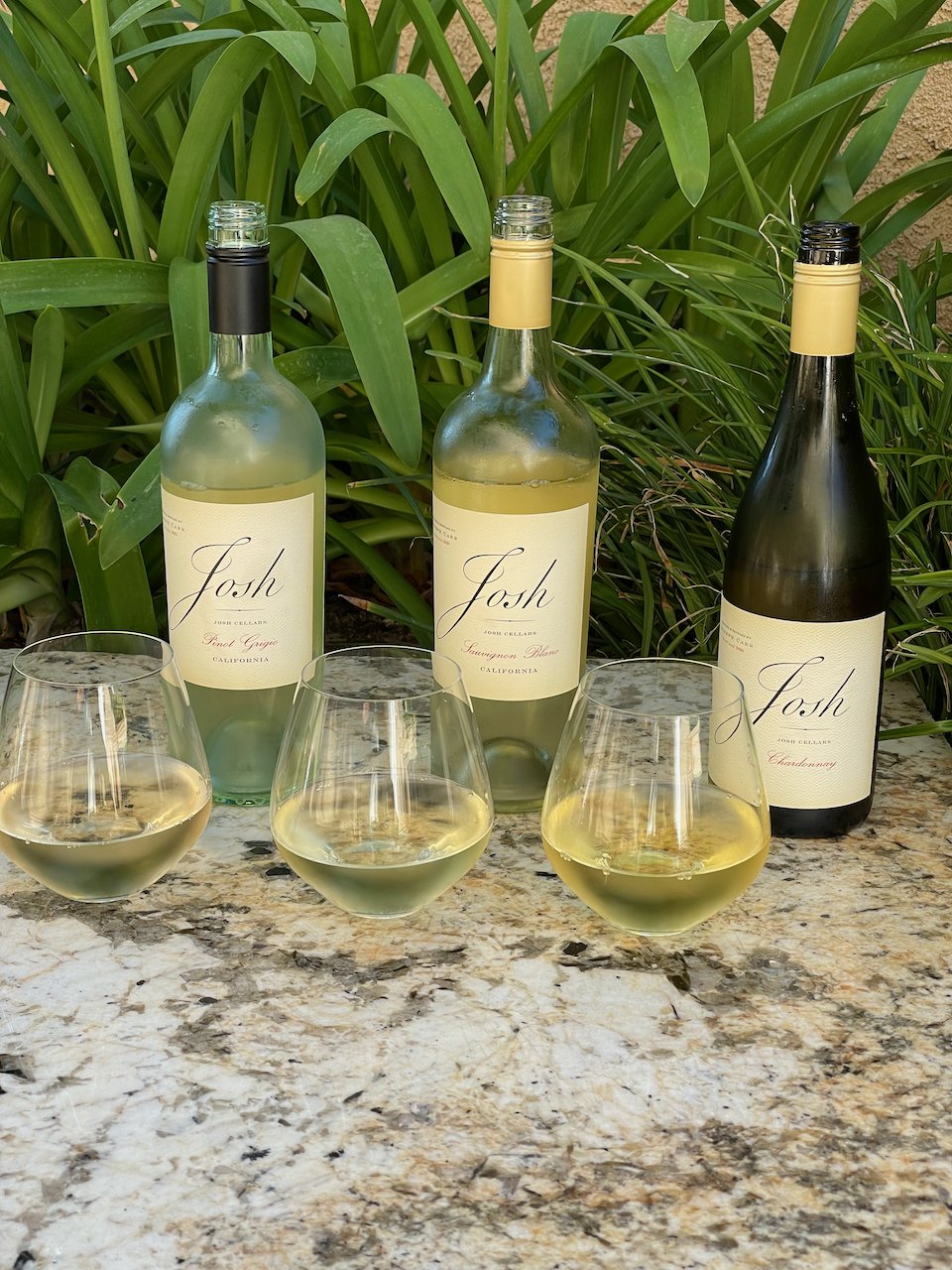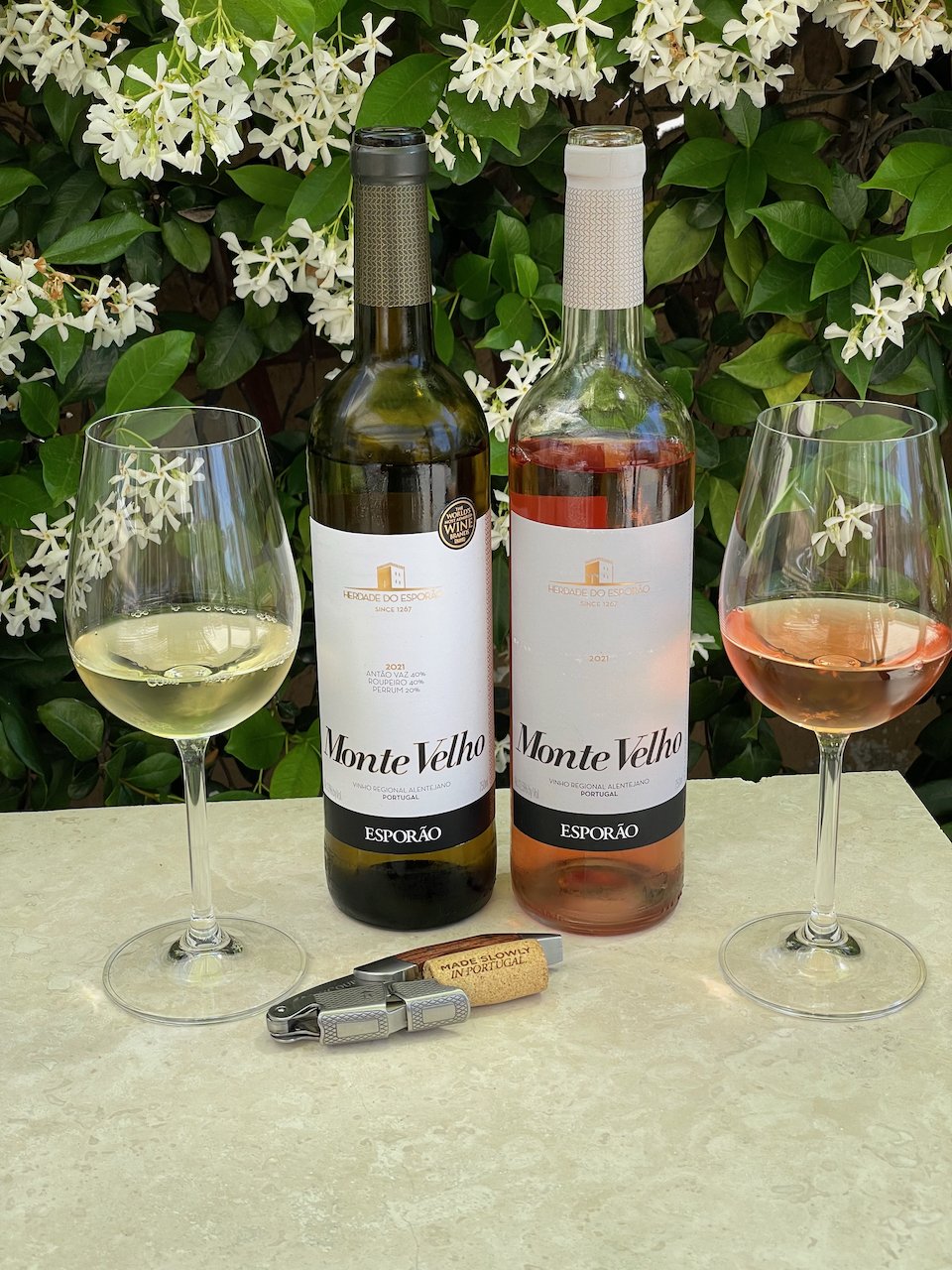2021 Domäne Wachau Grüner Veltliner Federspiel Tarrassen ($18.99)
Domäne Wachau is deeply rooted in the Wachau region of Austria and manages 30 percent of the entire Wachau vineyard area (400 hectares), including half of Austria’s most iconic vineyard, Achleiten. Additional famous vineyards such as Kollmitz, Liebenberg and Tausend-Eimer-Berg are found on the Domäne Wachau’s vineyard map and make it the only winery in the Wachau with wines from all of the most prestigious sites in the region.
The grapes for this Grüner Veltliner (grew-ner felt-lee-ner) Federspiel (11.5%-12.5% ABV) Terrassen are from steeply terraced vineyards above the Danube River, throughout the Wachau valley in Austria. It is here that two-thirds of the world’s Grüner Veltliner grapes are grown.
This wine is one of two key styles of Grüner Veltliner wine. It is lighter, fresher and with minerality and citrus character. And, like this one, is often bottled with a slight spritz that helps to emphasize its fresh fruity notes.
This wine is pale gold in color with aromas of green apple and citrus. On the palate, it has bright fruit flavors, very light bubbles, refreshing acidity and wonderfully light finish. This is a dry wine with just 1 g/l of residual sugar.
This is a super refreshing wine that should be well chilled. Cheers!
Samples Imported and Provided by Gonzalez Byass (via Donna White Communications)




